Sharon Lockhart | Noa Eshkol
23 Nov 2012 - 24 Feb 2013
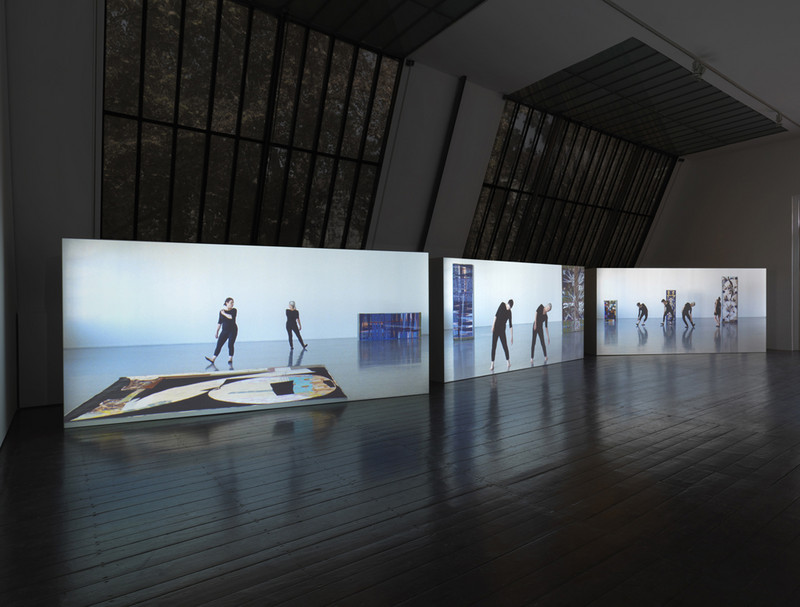
Sharon Lockhart
Five Dances and Nine Wall Carpets by Noa Eshkol, 2011
5-channel installation
Installation view: SHARON LOCKHART | NOA ESHKOL, Thyssen-Bornemisza Art Contemporary, 2012; Photo by Jens Ziehe / TBA21, 2012.
Five Dances and Nine Wall Carpets by Noa Eshkol, 2011
5-channel installation
Installation view: SHARON LOCKHART | NOA ESHKOL, Thyssen-Bornemisza Art Contemporary, 2012; Photo by Jens Ziehe / TBA21, 2012.
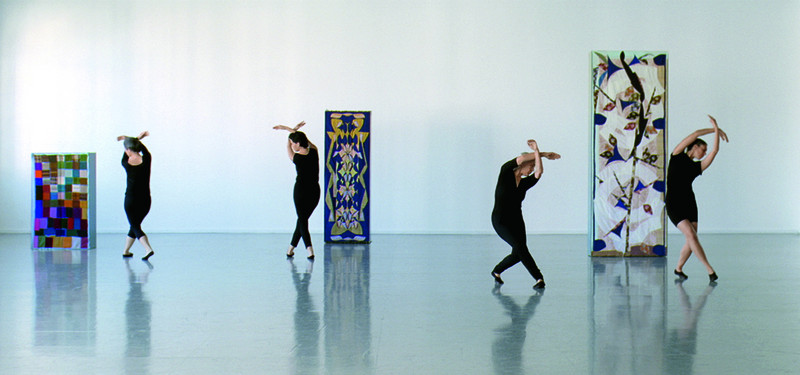
Sharon Lockhart
Five Dances and Nine Wall Carpets by Noa Eshkol, 2011
5-channel installation
Filmstill: © Sharon Lockhart, 2011 Courtesy the artist, neugerriemschneider, Berlin, Gladstone Gallery, New York and Brussels, and Blum & Poe, Los Angeles.
Five Dances and Nine Wall Carpets by Noa Eshkol, 2011
5-channel installation
Filmstill: © Sharon Lockhart, 2011 Courtesy the artist, neugerriemschneider, Berlin, Gladstone Gallery, New York and Brussels, and Blum & Poe, Los Angeles.
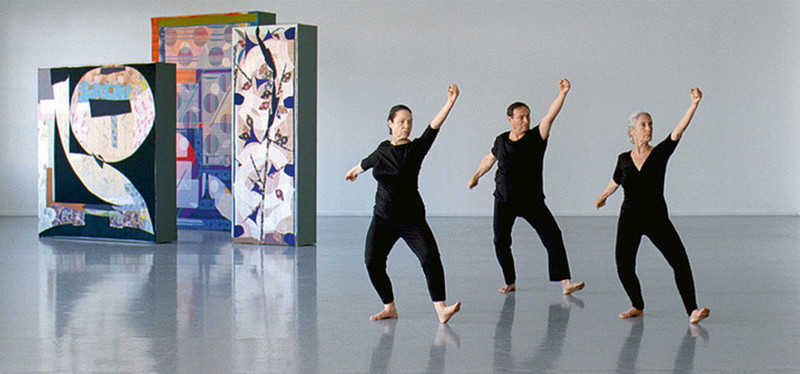
Sharon Lockhart
Five Dances and Nine Wall Carpets by Noa Eshkol, 2011
5-channel installation
Filmstill: © Sharon Lockhart, 2011 Courtesy the artist, neugerriemschneider, Berlin, Gladstone Gallery, New York and Brussels, and Blum & Poe, Los Angeles.
Five Dances and Nine Wall Carpets by Noa Eshkol, 2011
5-channel installation
Filmstill: © Sharon Lockhart, 2011 Courtesy the artist, neugerriemschneider, Berlin, Gladstone Gallery, New York and Brussels, and Blum & Poe, Los Angeles.
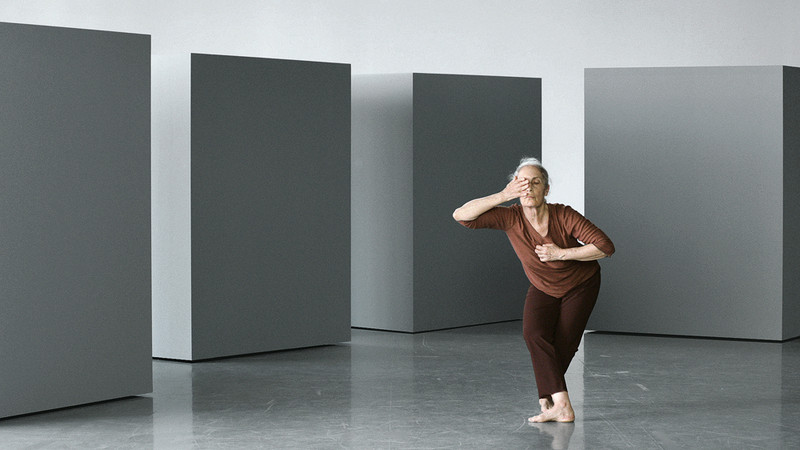
Sharon Lockhart
Four Exercises in Eshkol-Wachman Movement Notation, 2011
Single-channel installation
Filmstill: © Sharon Lockhart, 2011 Courtesy the artist, neugerriemschneider, Berlin, Gladstone Gallery, New York and Brussels, and Blum & Poe, Los Angeles.
Four Exercises in Eshkol-Wachman Movement Notation, 2011
Single-channel installation
Filmstill: © Sharon Lockhart, 2011 Courtesy the artist, neugerriemschneider, Berlin, Gladstone Gallery, New York and Brussels, and Blum & Poe, Los Angeles.

Sharon Lockhart
Four Exercises in Eshkol-Wachman Movement Notation, 2011
Single-channel installation
Installation view: SHARON LOCKHART | NOA ESHKOL, Thyssen-Bornemisza Art Contemporary, 2012; Photo by Jens Ziehe / TBA21, 2012.
Four Exercises in Eshkol-Wachman Movement Notation, 2011
Single-channel installation
Installation view: SHARON LOCKHART | NOA ESHKOL, Thyssen-Bornemisza Art Contemporary, 2012; Photo by Jens Ziehe / TBA21, 2012.
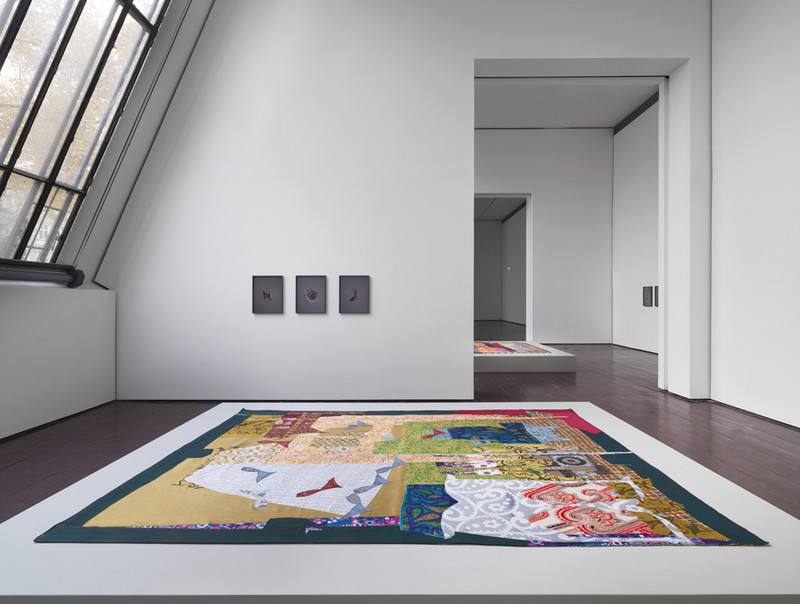
Noa Eshkol
Village in South Lebanon, 1985
Installation view: SHARON LOCKHART | NOA ESHKOL, Thyssen-Bornemisza Art Contemporary, 2012; Photo by Jens Ziehe / TBA21, 2012.
Village in South Lebanon, 1985
Installation view: SHARON LOCKHART | NOA ESHKOL, Thyssen-Bornemisza Art Contemporary, 2012; Photo by Jens Ziehe / TBA21, 2012.

Sharon Lockhart
Models of Orbits in the System of Reference, Eshkol-Wachman Movement Notation System: Sphere Five at Three Points in Its Rotation, 2011
Three framed chromogenic prints, each: 50 x 39,7 cm
Photo: © Sharon Lockhart, 2011 Courtesy Noa Eshkol Foundation for Movement Notation, Holon, Israel, and neugerriemschneider, Berlin; Photo by Jens Ziehe, Berlin.
Models of Orbits in the System of Reference, Eshkol-Wachman Movement Notation System: Sphere Five at Three Points in Its Rotation, 2011
Three framed chromogenic prints, each: 50 x 39,7 cm
Photo: © Sharon Lockhart, 2011 Courtesy Noa Eshkol Foundation for Movement Notation, Holon, Israel, and neugerriemschneider, Berlin; Photo by Jens Ziehe, Berlin.
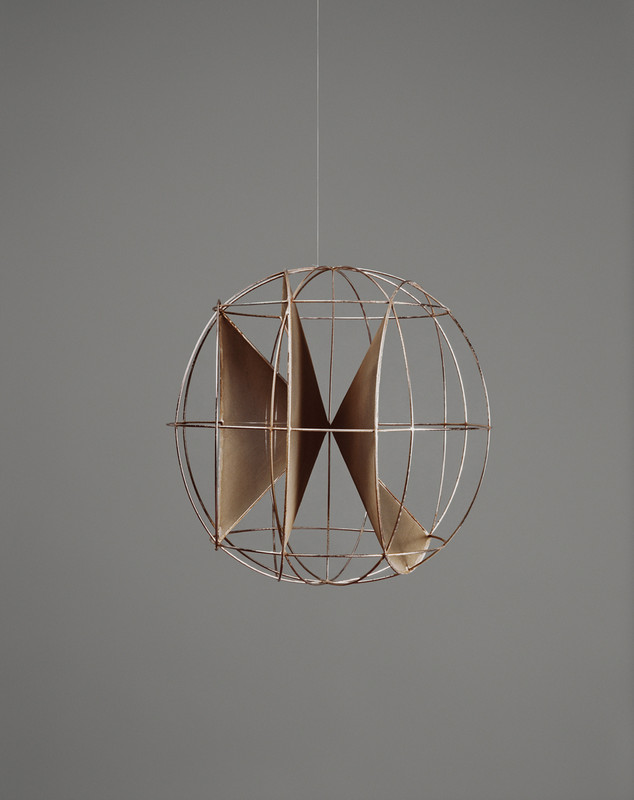
Sharon Lockhart
Models of Orbits in the System of Reference, Eshkol-Wachman Movement Notation System: Sphere Seven at Three Points in Its Rotation, 2011
Three framed chromogenic prints, each: 50 x 39,7 cm
Photo: © Sharon Lockhart, 2011 Courtesy Noa Eshkol Foundation for Movement Notation, Holon, Israel, and neugerriemschneider, Berlin; Photo by Jens Ziehe, Berlin.
Models of Orbits in the System of Reference, Eshkol-Wachman Movement Notation System: Sphere Seven at Three Points in Its Rotation, 2011
Three framed chromogenic prints, each: 50 x 39,7 cm
Photo: © Sharon Lockhart, 2011 Courtesy Noa Eshkol Foundation for Movement Notation, Holon, Israel, and neugerriemschneider, Berlin; Photo by Jens Ziehe, Berlin.
SHARON LOCKHART | NOA ESHKOL
23 November 2012 - 24 February 2013
Sharon Lockhart’s film installation Five Dances and Nine Wall Carpets by Noa Eshkol (2011) features selections from Eshkol's dance suite Theme and Variations, each performed by a group of between two and five dancers. Each dance composition is staged among different groupings of Eshkol's wall carpets. During her research in Holon, Lockhart chose carpets based on shapes that complement each dance and mounted them on rectangular volumes similar to those onto which the five channels of the film are projected, arranging the volumes within each performance space. Through the variations of composition in each frame, Lockhart highlights the relationship between the dance and the textile work, drawing connections between Eshkol’s two practices and to the unexpected continuity between the different media.
In Five Dances and Nine Wall Carpets by Noa Eshkol, the dancers perform to the ticking of a metronome. The soundtrack, which Lockhart developed with composer Becky Allen, is itself a sound composition, a score consisting of the beat of the metronome and the ambient sound of the dancers' movements. Arranged in a unique constellation that relates to the site and architecture of the Augarten, the five projection volumes set up a dynamic spatial intervention that engages with the viewers' own patterns of movement through the exhibition space.
The single-channel film installation Four Exercises in Eshkol-Wachman Movement Notation (2011) features one of Noa Eshkol’s longtime students, performing four different exercises of the Eshkol-Wachman Movement Notation system (EWMN). In a sequence of four fixed shots, the film shows the impeccably trained dancer in a demanding solo performance involving complex movement sequences that follow strict compositional laws.
Sharon Lockhart’s series of twenty-two photographs titled Models of Orbits in the System of Reference, Eshkol-Wachman Movement Notation System document a spherical model of study and visualization of the Eshkol-Wachman notation system, first published in 1958. Created as pedagogical tools, the spherical orbits represent parts of the limbs in relation to the body as a whole and in turn describe rotary, plane, and curved surface movements at different stages. Here each sphere describes a set of possible movements for any limb, with the center representing the joint around which the limb moves and the outside representing the extremity of the limb (a finger, a toe, or the top of the head).
By placing the spheres in front of a harmonious gray background, Lockhart uses the language of the photographic still life but also the notion of stop motion. The spheres were suspended from above and photographed at different points in their rotation along the vertical axis that map each progressive moment, revealing a dynamic and morphing form that changes as much as a moving body would in relation to a viewer.
Noa Eshkol’s wall carpets represent a lesser-known aspect of her practice. She made carpets from collected scrap fabric only and never used scissors to modify the pieces from the form in which she found them. The pieces of fabric were sent by kibbutzim around the country or collected at local garment factories by Eshkol’s dancers.
In addition to these still and moving images of the dancers and the notation system, as well as carpets by Noa Eshkol, archival material, excerpts from the diaries of the daily rehearsal practice of Eshkol's Chamber Dance Group, notes and research regarding the implementation of the notation system EWMN within such diverse fields as biology, psychology, mathematics, information technology and cybernetics will be presented at the Augarten.
23 November 2012 - 24 February 2013
Sharon Lockhart’s film installation Five Dances and Nine Wall Carpets by Noa Eshkol (2011) features selections from Eshkol's dance suite Theme and Variations, each performed by a group of between two and five dancers. Each dance composition is staged among different groupings of Eshkol's wall carpets. During her research in Holon, Lockhart chose carpets based on shapes that complement each dance and mounted them on rectangular volumes similar to those onto which the five channels of the film are projected, arranging the volumes within each performance space. Through the variations of composition in each frame, Lockhart highlights the relationship between the dance and the textile work, drawing connections between Eshkol’s two practices and to the unexpected continuity between the different media.
In Five Dances and Nine Wall Carpets by Noa Eshkol, the dancers perform to the ticking of a metronome. The soundtrack, which Lockhart developed with composer Becky Allen, is itself a sound composition, a score consisting of the beat of the metronome and the ambient sound of the dancers' movements. Arranged in a unique constellation that relates to the site and architecture of the Augarten, the five projection volumes set up a dynamic spatial intervention that engages with the viewers' own patterns of movement through the exhibition space.
The single-channel film installation Four Exercises in Eshkol-Wachman Movement Notation (2011) features one of Noa Eshkol’s longtime students, performing four different exercises of the Eshkol-Wachman Movement Notation system (EWMN). In a sequence of four fixed shots, the film shows the impeccably trained dancer in a demanding solo performance involving complex movement sequences that follow strict compositional laws.
Sharon Lockhart’s series of twenty-two photographs titled Models of Orbits in the System of Reference, Eshkol-Wachman Movement Notation System document a spherical model of study and visualization of the Eshkol-Wachman notation system, first published in 1958. Created as pedagogical tools, the spherical orbits represent parts of the limbs in relation to the body as a whole and in turn describe rotary, plane, and curved surface movements at different stages. Here each sphere describes a set of possible movements for any limb, with the center representing the joint around which the limb moves and the outside representing the extremity of the limb (a finger, a toe, or the top of the head).
By placing the spheres in front of a harmonious gray background, Lockhart uses the language of the photographic still life but also the notion of stop motion. The spheres were suspended from above and photographed at different points in their rotation along the vertical axis that map each progressive moment, revealing a dynamic and morphing form that changes as much as a moving body would in relation to a viewer.
Noa Eshkol’s wall carpets represent a lesser-known aspect of her practice. She made carpets from collected scrap fabric only and never used scissors to modify the pieces from the form in which she found them. The pieces of fabric were sent by kibbutzim around the country or collected at local garment factories by Eshkol’s dancers.
In addition to these still and moving images of the dancers and the notation system, as well as carpets by Noa Eshkol, archival material, excerpts from the diaries of the daily rehearsal practice of Eshkol's Chamber Dance Group, notes and research regarding the implementation of the notation system EWMN within such diverse fields as biology, psychology, mathematics, information technology and cybernetics will be presented at the Augarten.
